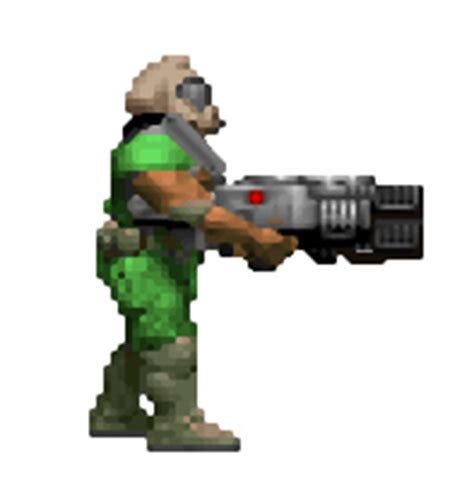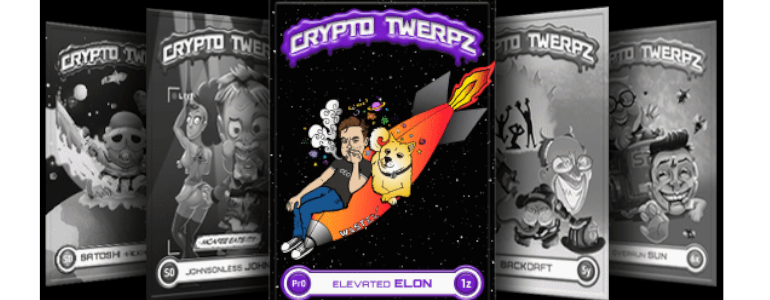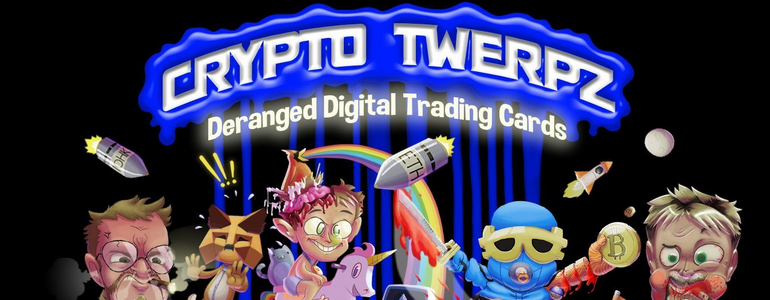( Chinese / 中文 )
tldr: Self-deployed asset issuing contracts do not create the decentralized expression of ownership that the word “blockchain” generally conveys.This may be fine, but we should know the difference.
It took us years to figure out what crypto currencies even are. Here is the author of this article debating the subject in 2013 with gold bug Jim Rickards. And the debate continues on the fringes of the community.
As digital assets standards emerge for EOS blockchain, including dGoods, our own Simple Assets, ITAM assets, and unicoeos, let’s take a moment to discuss different possible definitions of digital assets.
The philosophical implications are important.

The Simplest Definition — Digital Assets level 1
Let’s try this definition:
A digital asset is chunk of digital inform (which may or may not simulate an object), and whose ownership you control inside of a game or application. . .
By this definition, in 1993, when Doom II ruled much of my adolescent life, the chainsaw, the plasma gun, the BFG9000 were all digital assets.

You could certainly imagine a non-blockchain protocol where any game allows you to send in-game items to different people, or to third party market places. Very cool functionality, and in fact, it existed. There were and still are many “skins” market places for in-game items and/or cosmetic elements.
(Let’s call this level 1.5.)
But where does blockchain fit it?
Digital Assets level 2
. . . and whose ownership can be verified on a blockchain. . .
Transfers of objects in EOS Knights — a wonderful, trail-blazing little game which I played until my knights were levels 12 and 13 — are expressed as transactions on the EOS Blockchain.
Digital Assets level 3
. . . and whose controls adhere to a broadly accepted protocol so that the digital objects can be sent to third party markets . . .
I think this is where the community is today. Both Simple Assets and dGoods (and I assume other standards too) allow developers to deploy copies and use them to create and manage digital assets inside of their applications.
Is this enough? Probably, but there’s a risk.
The fact that assets are issued and controlled through blockchain contracts creates the impression that digital assets have a certainty of ownership and exchange akin to crypto currencies, but they don’t.
If the developer(s) can update their game, they can just as easily update their copy of the digital assets contract and do as they please. A similar situation occurs if the digital asset only points to data stored on some centralized database.
The problem is especially acute with fungible tokens, which both Simple Assets and dGoods have implemented. A user can easily confuse fungible tokens which express a game’s resources (wood, gold, etc.) for an EOS token. However the value of a fungible token issued through a self-deployed contract should seem at least a little more specious.
A fungible token issued by a self-deployed asset contract is backed only by the reputation of the party who deployed the contract. A malicious party can update code to change functionality.
On one hand, there is little incentive for a game or other asset-issuing application to sabotage itself by ruining their reputation. On the other hand, that’s the point — it’s the software company’s reputation that guarantees digital assets issued from self-deployed contracts. And there have been many episodes of gamers feeling betrayed by game companies who tampered with a games internal economics.
To be clear, we don’t think there’s any problem with self-deployed asset contracts, we just want to community to understand the difference. The word “blockchain” does not convey this reality of a self-deployed asset issuing contract and sets expectations that may not be met.
We, propose introducing the principle of OWNERSHIP AUTHORITY.
Digital Assets level 4 — external ownership authority
. . . and whose ownership functionality is expressed entirely outside the control of the asset creator.
Wouldn’t it be great if aside from being self-deployable by dapps who need asset functionality, asset standards will have their own external deployment with which any dapp or EOS user can interact?
Simple Assets was designed from the ground up with this in mind. Several parties, including EOS 42, will control a multi-sig which will screen updates to the code.
So the trust in ownership will stand on the reputation of a group of selected block producers, and possibly other parties.
What’s the point?
If an item is made by a game, it probably only works that game. So if the game decided to tamper with some assets they could just as easily do so by limiting the items functionality in the game.
That’s true, and for that reason level 3 is probably sufficient for many use cases. However the right philosophical approach to digital assets may create possibilities for yet-to-be-imagined use cases.
- Nothing is forever. If a game company goes out of business, shuts down their servers and sells all their EOS RAM, wouldn’t it be cool if their assets lived on? Maybe another game can import them as a tribute.
- Maybe a group of games agree to share a pool of assets, each having the right to create and update.
- What if there is no game? Just users who create, modify and trade digital objects to explore some obscure artistic or mathematical niche.
All these things seem easier if Ownership Authority is expressed externally.
Digital Assets as a Promise

Simple Assets started with the idea that a digital asset is a promise from the asset creator to not only the first owner of that asset, but to the entire community of possible owners.
What is the promise? It has four parts:
- that a chunk of the asset’s data will never change —
idata . - that the asset author reserves the right to modify another chunk of the asset’s data —
mdata— or to transfer this privilege to another party. - that ownership functions (transferring, offering, lending, burning) are expressed entirely outside the control of the author.
- and that no updates can be made to the way Simple Assets functions without approval of the reputable parties in the multisig.
These are the four commandments of Simple Assets.
It is completely free to use and has been open sourced since February. We will deploy to the mainnet in the coming weeks. Feedback is very welcome.
Simple Assets Github: https://github.com/CryptoLions/SimpleAssets
Simple Assets Telegram: https://t.me/simpleassets
???
CryptoLions is an EOS Block Producer based in Ukraine. We strive to make EOS more valuable by building projects that improve the ecosystem, by setting the standard for transparency and accountability, and by popularizing EOS all over the world.
website: http://cryptolions.io/
github: https://github.com/CryptoLions
telegram: https://t.me/CryptoLions_io
steemit: https://steemit.com/@cryptolions
twitter: https://twitter.com/EOS_CryptoLions
medium: https://medium.com/@cryptolions/
youtube: https://www.youtube.com/channel/UCB7F-KO0mmZ1yVBCq0_1gtA

